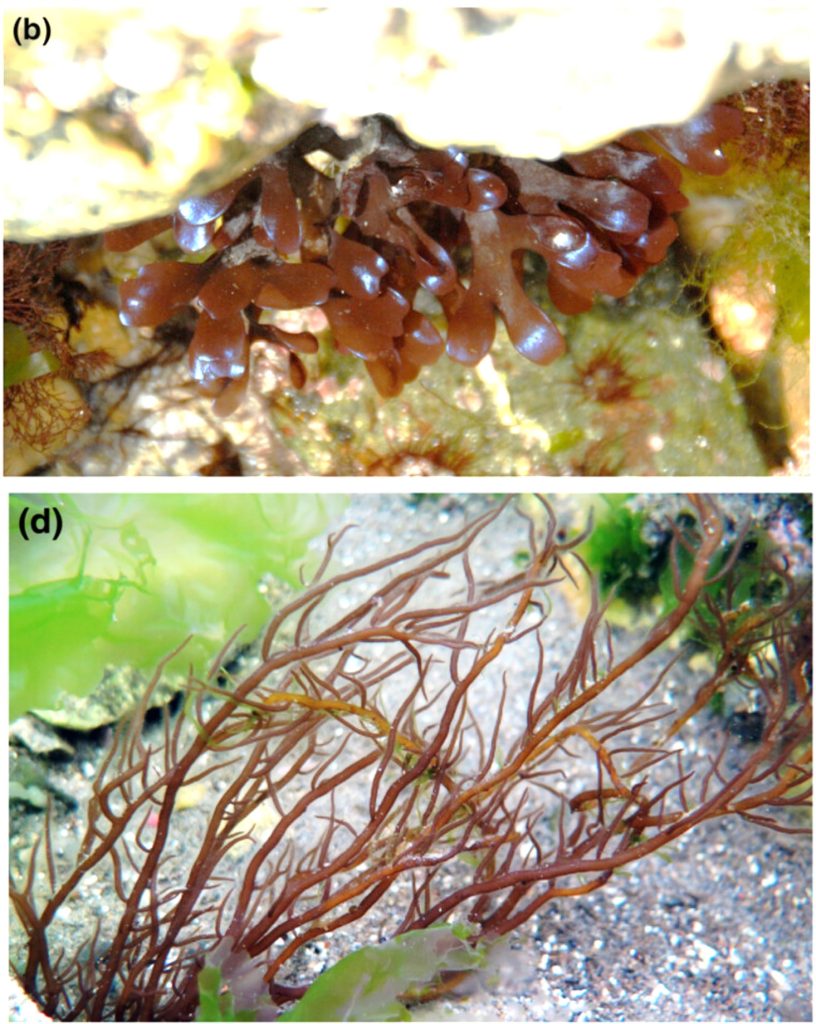
Review: Red macroalgae in the genomic era
Plant Science Research WeeklyI highly recommend this excellent and accessible article by Borg et al. that provides an overview of the red macroalgae, which “may have been the first eukaryotic lineage to have evolved complex multicellularity”. It’s full of fascinating information: although 97% of red algal species are marine,…

Plant Physiology Focus Issue: Plant Cell Polarity
Plant Science Research WeeklyThe September issue of Plant Physiology has a focus on plant cell polarity, which plays a pivotal role in the fundamental processes that dictate plant growth, development, and adaptation. By establishing distinct regions within cells, plant cell polarity is crucial for regulating asymmetric cell divisions,…
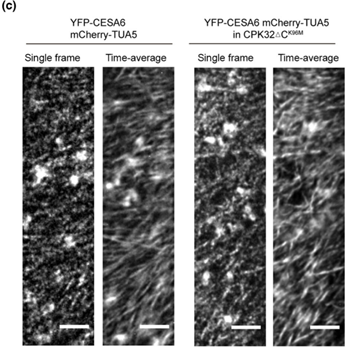
CPK32 regulates cellulose biosynthesis through post-translational modification of cellulose synthase
Plant Science Research WeeklyCellulose in one of the most abundant polymers on the planet and is synthesized by plasma membrane-bound cellulose synthases (CESAs). Phosphorylation plays a role in CESA regulation, however the kinases which catalyse the phosphorylation are not well described. Here Xin et al. identified calcium-dependent…
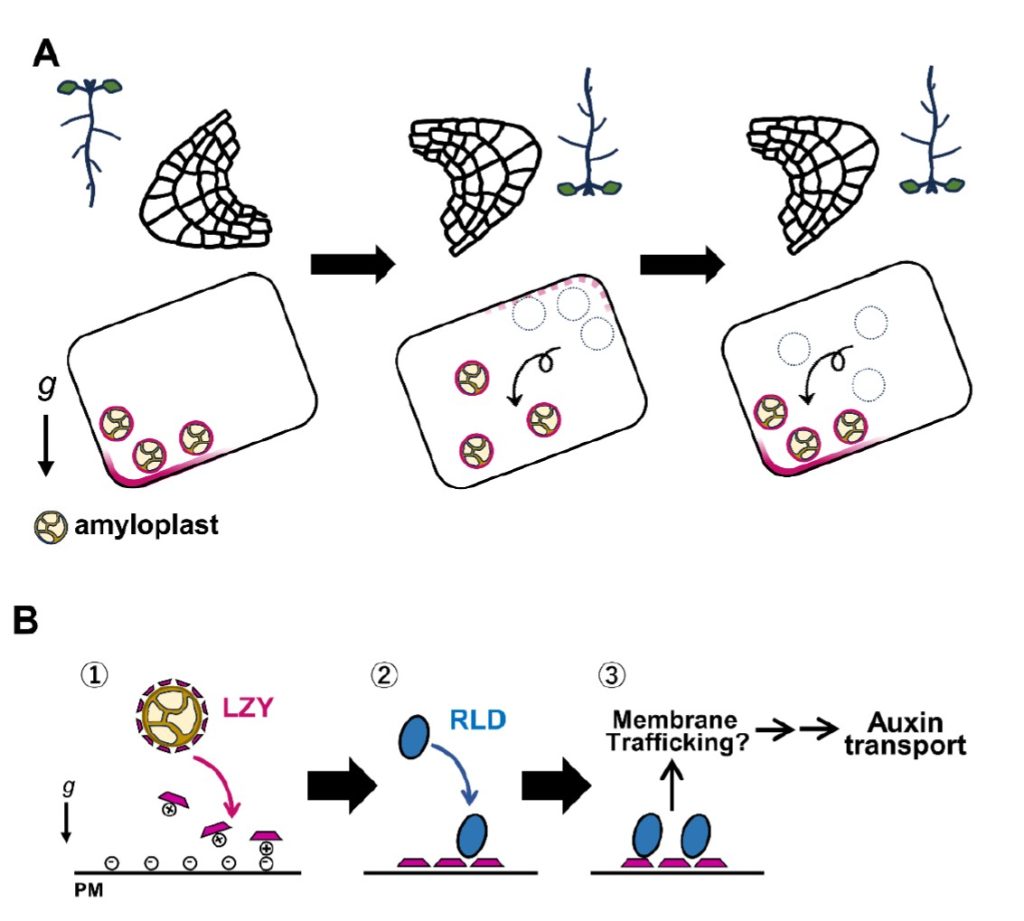
Gravity sensing involves LZY translocation from statoliths to the plasma membrane
Plant Science Research WeeklyIn plants, gravity sensing is orchestrated by specialized cells called statocytes that contain starch-filled plastids (amyloplasts) called statoliths, whose positions are influenced by the direction of gravity. However, the molecular mechanisms of gravity sensing and signaling are poorly understood.…
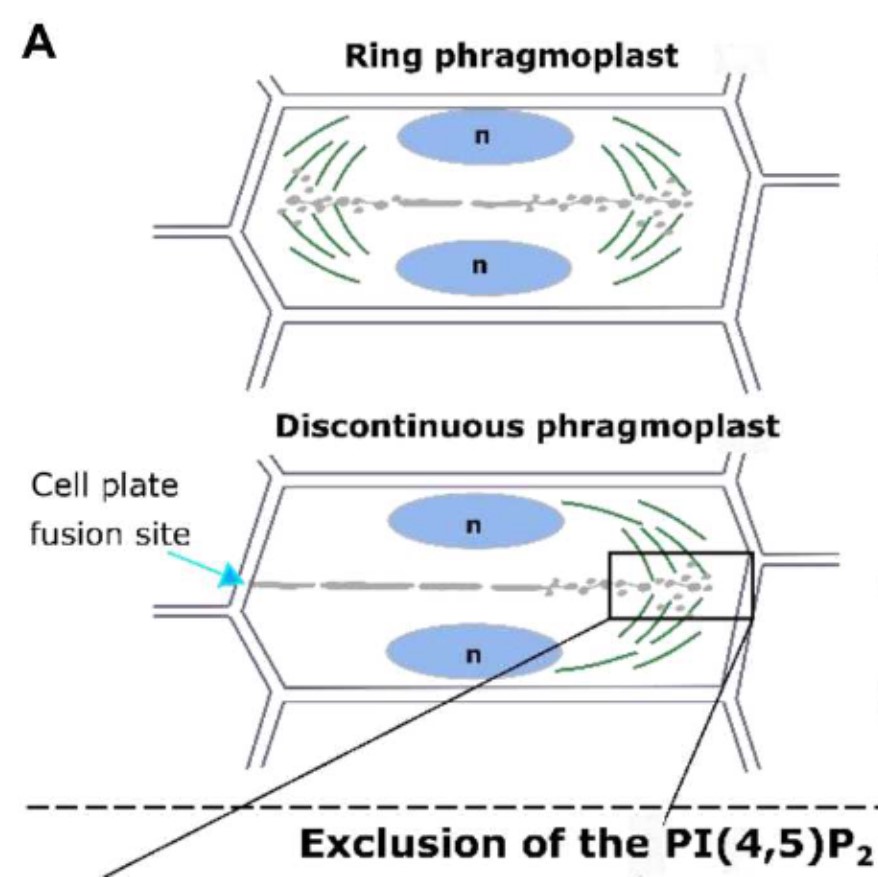
Membrane lipid phosphoinositides signature the final step of plant cytokinesis
Plant Science Research WeeklyPhosphoinositides (membrane lipids with cytosolic inositol headgroups carrying phosphate residues at various positions) serve as road markings for membrane and membrane/cytoskeleton dynamics. Here, Lebeco et al. add further detail to the map. Previously the authors showed that the plant-specific enzyme…
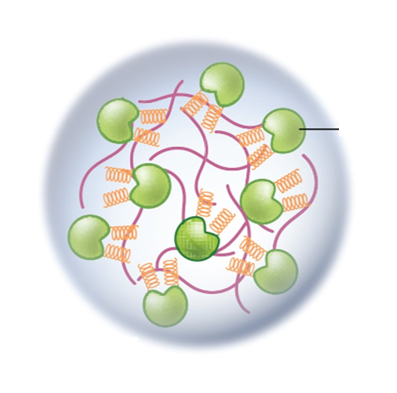
Focus Issue: Biomolecular Condensates
Plant Science Research WeeklyAlthough The Plant Cell Focus Issue on Biomolecular Condensates officially comes out in September, due to the idiosyncrasies of publishing many of the articles are already available online, and I’m highlighting them now because this topic is also the focus of a plenary session at the Plant Biology…
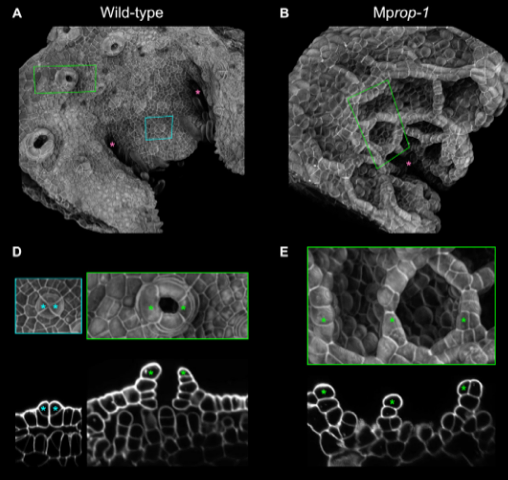
RHO GTPase of plants regulates polarized cell growth and cell division orientation during morphogenesis
Plant Science Research WeeklyPrecise spatial control of cell division and cell growth is necessary to produce the specific cellular organizations demanded by the complex tissues and organs of morphologically complex organisms One of many factors that guide cell division/growth is cell polarity, of which RHO GTPase-type proteins…

Review: Stress-related biomolecular condensates in plants
Plant Science Research WeeklyBiomolecular condensates are non-membrane-bound compartments containing proteins and RNAs with key functions in stress responses. In plants, they occur as several types with different properties and components, including stress granules and processing bodies. Protein domains such as prion-like domains…
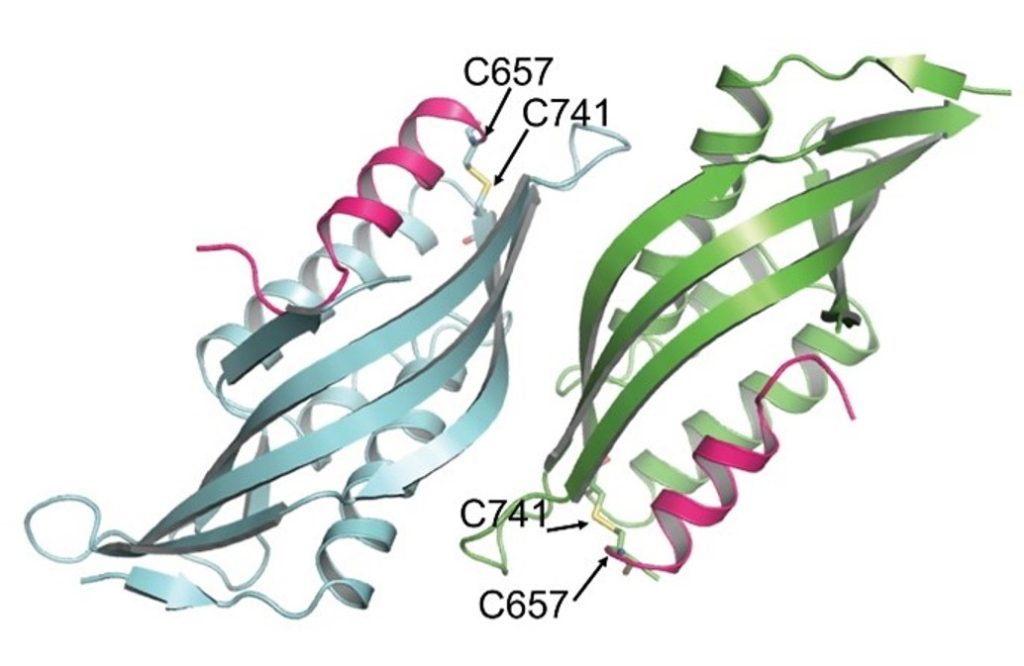
Insights into the chloroplast division site regulators and light
Plant Science Research WeeklyChloroplasts divide by binary fission driven by a protein ring, the position of which is regulated by the Min system (derived from the system in bacteria). The inner envelope membrane protein PARC6 (PARALOG OF ARC6) is a key component. Here Sun et al. generated crystal structures showing that PARC6 interacts…

